Online Teaching V/S Traditional Teaching

The word “college” can conjure up images of students lounging in dorm rooms or cramming into massive lecture halls for classes. However, as technology allows for more and more ways to learn, the representation is becoming increasingly out-of-date. Indeed, online teaching for overall learning has gradually increased in popularity among university students, but does that […]
Universal Design for Learning: A Practical Guide

Everyone is different, or, to put it another way, everyone learns differently, is a clear truism. So why are educators so adamant on establishing uniform teaching methods? This is because they can’t feasibly cater to everyone’s learning style. Therefore, they aim for the broadest conceivable structure in the hopes that everyone would benefit at least […]
Using Math Tools in Online Teaching
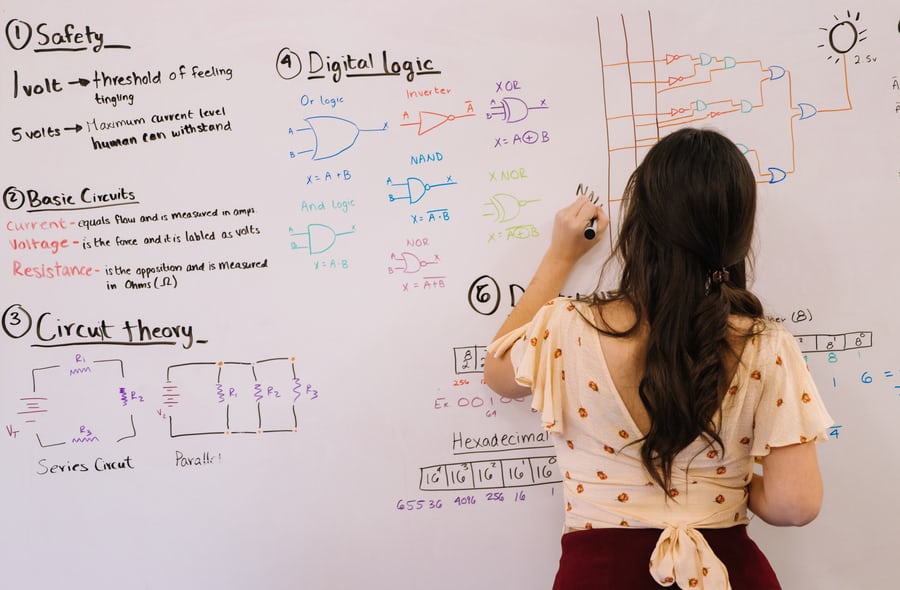
Using math tools in online teaching will encourage students to engage in self-exploration and show them how math is woven into the fabric of their lives.
Animation in Education: Advantages

Animation occurs when images, drawings, or pictures are placed and played in sequence to create an illusion of movement. The use of animation in education is increasing in popularity with new trends in education. The fact that it eases the learning of complex concepts contributes to making it a popular choice among educators and learners. […]
Online Learning

What is Online Learning? Online Learning is a broad umbrella term that we apply to any kind of education that happens over the Internet. Online courses may follow synchronous or asynchronous modes of instruction. E-Learning is a popular trend in learning, and it involves complex information and communication technologies such as Moodle, MOOCs, Virtual Reality, […]
Adaptive Learning in The Classroom
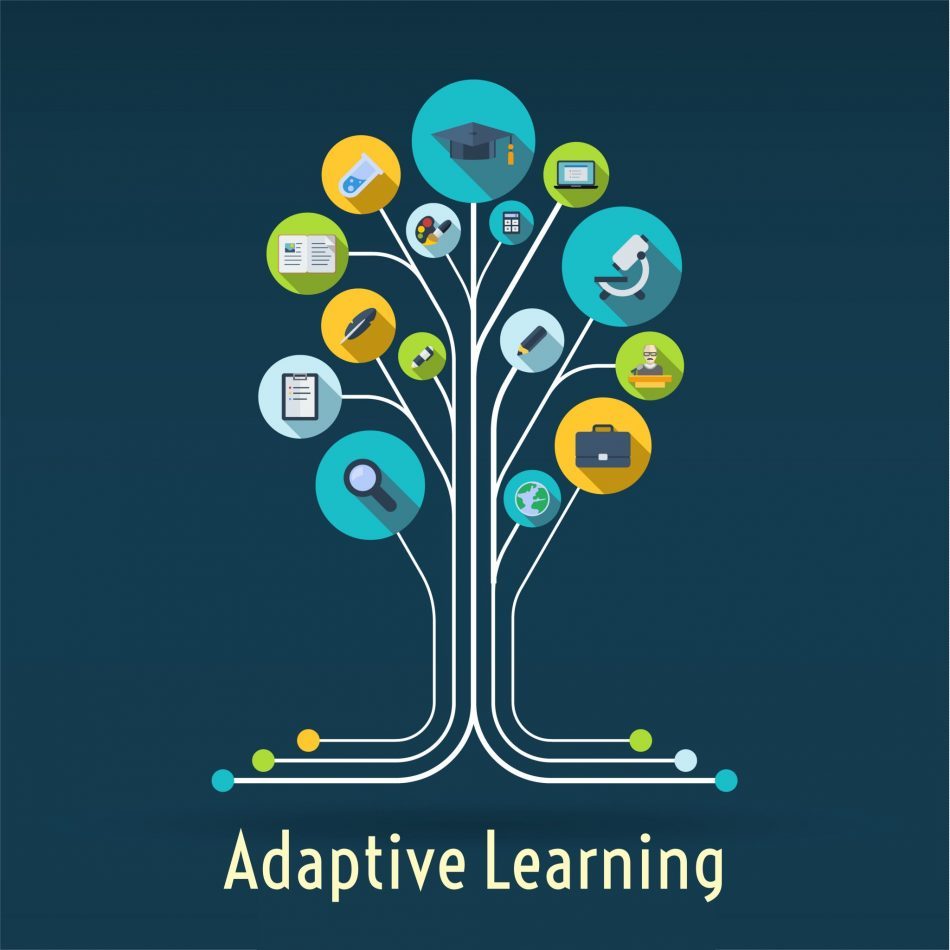
Implementing Adaptive Learning As mentioned in our previous article, Adaptive Learning systems provide personalized learning experience for students by first adjusting to their learning styles and paces. Following this, instructional designers perform unique course sequencing and evaluation methods. In this way, educators can secure equitable learning on a scale of 100-200 pupils per class. This […]
Benefits of Video Based Learning
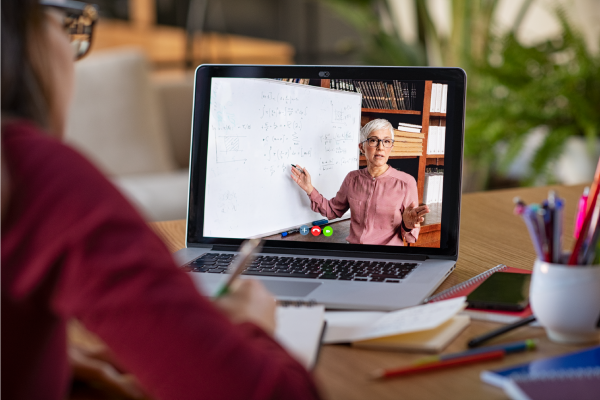
Our blog on Video-Based Learning gives insights into the concept of including videos in eLearning. This is an interactive approach, unlike the mundane ‘click-next’ form of e-learning. Although the term ‘video-based learning’ seems new, videos have been in use in eLearning for a long time now. They not only modify the ways of learning but also provide […]
Video-Based Learning: Definition, Emerging Trends, and Usage
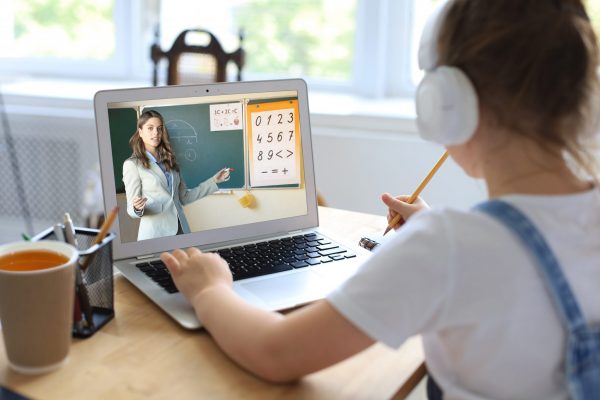
Video-based learning means acquiring an understanding of a concept by the means of a video lesson accessible through electronic media. It is being widely used in the e-learning industry as it makes learning more interactive and attractive simultaneously. Video-based learning is by far the best result of the intertwining of technology and teaching methodologies. A […]
Creating an E-Learning Course as per Learner-Needs
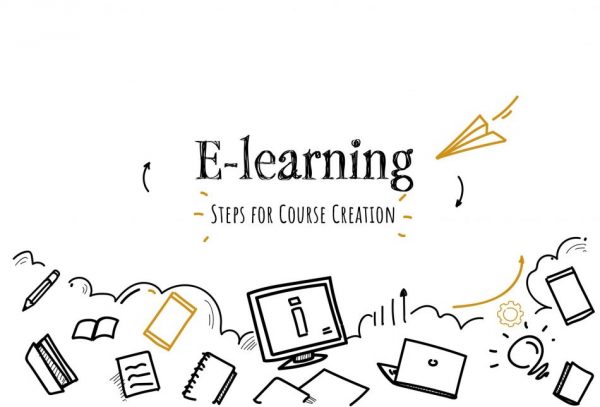
eLearning, also known as the modern way of learning, refers to imparting education via electronic media that goes beyond the four walls of a traditional classroom. eLearning courses may be diverse as per the needs of the learners taking the courses but follow a generic framework throughout. Developing these courses is influenced by various factors […]
eLearning Styles: An Introduction

As our previous blog described, eLearning uses various electronic resources and technology to deliver lessons/courses. It is one of the best ways to address the learning needs of a large group of learners at the same time. But different learners have different eLearning styles. This is so because every learner follows a distinct pattern of learning. […]

